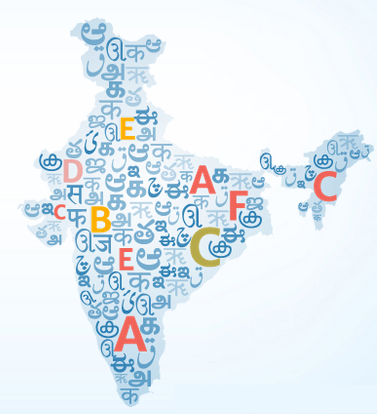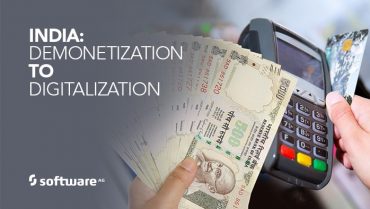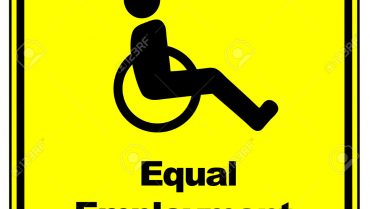Today, the internet in India, unfortunately, isn’t designed for India. Most importantly, it doesn’t speak a language that India understands. It is for the most part in English – hence reaching a meager 12-15% of the country.
Consumer internet businesses are now realizing this folly, and are joining the localization bandwagon. However, they’re faced with a number of issues, that are baffling, confusing and daunting; so much so that it almost discourages them to localize at all.
Let’s evaluate some of these issues:
My software isn’t designed to factor in another language
Localization doesn’t simply mean translating all the content on your app/ website. It needs an overhaul in your database structures, your search, store and display logics, basically – pretty much everything. This is not only expensive, but also time taking and can potentially make your code unstable.
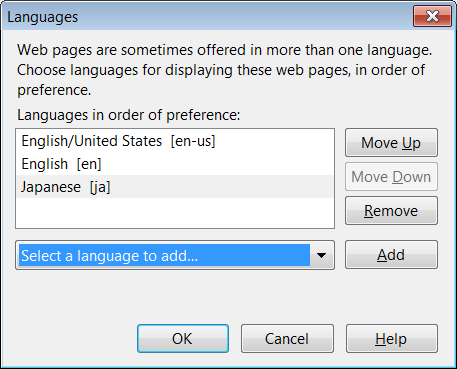
How do I translate my dynamic content accurately
While one can still stomach the thought of static data translation when it comes to large websites that have dynamic data changing Day-in and day-out, that’s when things really start to spin. The first name that comes to mind is Google Translate of course, but 5 minutes into checking its translation quality, and one realizes, that the ride isn’t getting any smoother.Engaging translation agencies or hiring translators is a very expensive proposition. Not to mention, a very slow one as well.
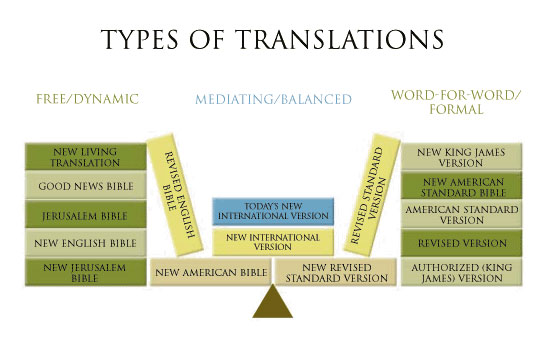
What about maintenance & upgrades?
Things don’t just end after the code overhaul. All future updates and upgrades of your software will also need to be language compatible. What’s tested for English, will also need to be tested for Hindi, and Tamil, and Gujarati, and….. (you get the drift!)Should I be worrying about my product, which is maximizing sale of a good/ service, or should I worry about the fact that my translated text is taking 2x the space of English and ruining the UI of my website?
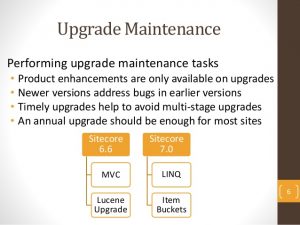
Don’t Quit Just Yet – There is a way out!
What if we told you there is a way you can circumvent all the above, and still get a localized version of your website, m-site, and app, very quickly, and you literally don’t have to lift a finger?
We at Process Nine have leaders who have been answering difficult questions about language processing for over 20 years. And we have an answer for you too – MOX Gateway.
This sweet piece of technology sits outside your source-code, and essentially acts like a localization filter for your website – you pour in an English site/ app from one end, and get a localized version at the other end! And you don’t need to make any changes to your database or software.
Here’s what all the Gateway does for you:
Translates all the content of your property from English
- Creates a localized version of your property that always remains in sync with the original
- Maintains UI across languages
- Gives you full control on quality and style of translation
- Maintains a repository of your translations for future use
- Grows and shrinks along with your original property
- Performs search in translated language
Credit – Process9
